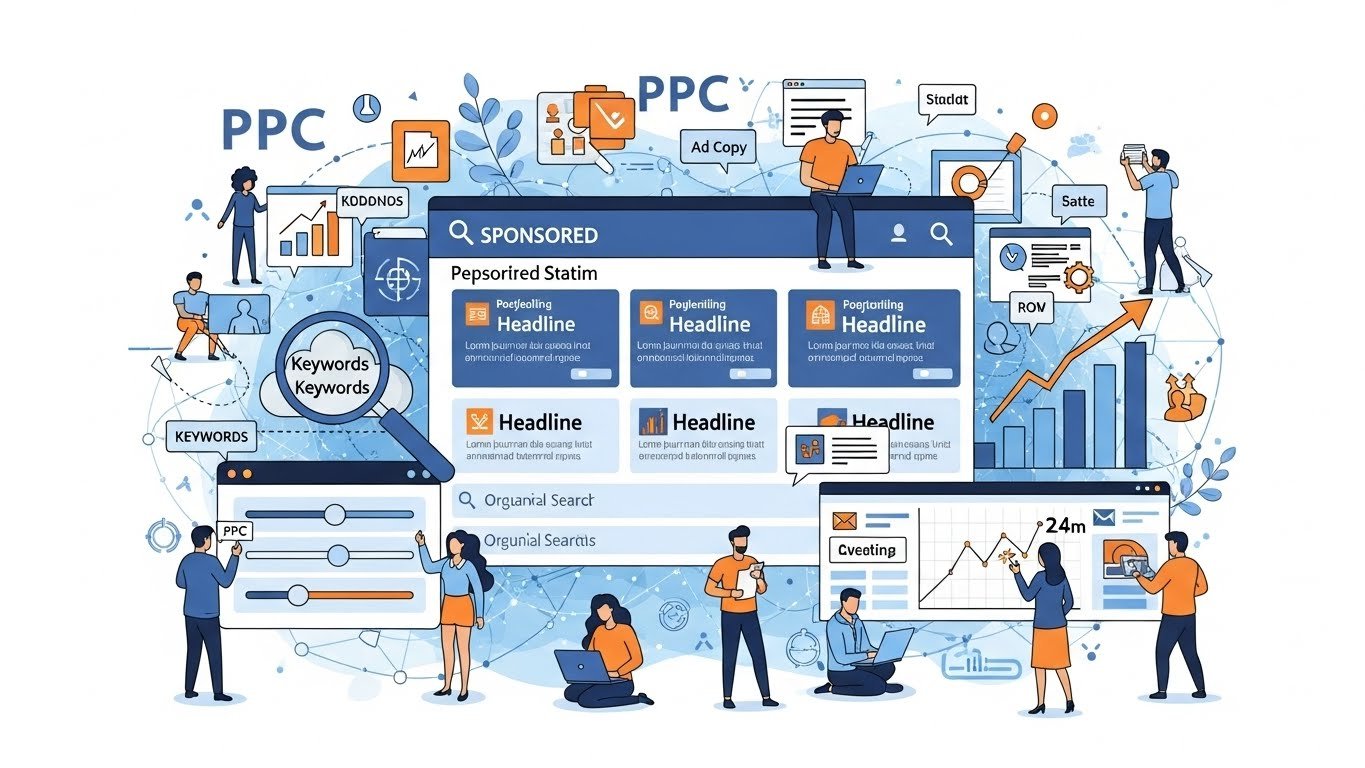Loyalty programs have become a cornerstone strategy for e-commerce businesses aiming to increase customer retention and foster long-term engagement. By offering incentives that reward repeat purchases and customer dedication, businesses can build deeper relationships with their audience while boosting revenue. This article explores the key components of building an effective loyalty program and how these programs can transform customer experiences in e-commerce.
Why Loyalty Programs Matter in E-Commerce
In a competitive e-commerce landscape, retaining customers is often more cost-effective than acquiring new ones. Loyalty programs serve as a bridge to keep customers engaged, reducing churn and promoting repeated interactions with your brand. According to research, returning customers are more likely to spend more per transaction compared to first-time buyers, making them a valuable asset for any business.
Moreover, loyalty programs align with modern consumer preferences for personalized experiences. These programs allow businesses to tailor rewards based on customer behavior, creating a unique value proposition that competitors may find hard to replicate.
Key Components of a Successful Loyalty Program
Designing a loyalty program that resonates with your target audience involves several critical factors:
1. Clear and Attainable Rewards
The rewards structure should be straightforward, ensuring customers understand how to earn and redeem points. Clear communication prevents frustration and encourages participation.
2. Tiered Benefits
Introducing tiered rewards creates a sense of exclusivity and motivates customers to strive for higher levels. For instance, offering additional discounts or premium services to top-tier members can inspire ongoing engagement.
3. Seamless Integration
Integrate the loyalty program across all touchpoints, including your website, mobile app, and email campaigns. This ensures a cohesive experience and encourages consistent interaction with your brand.
4. Personalization
Leverage customer data to offer personalized rewards and recommendations. For example, a shopper who frequently purchases electronics could receive targeted discounts on related accessories.
5. Gamification
Gamification elements, such as badges or challenges, add an interactive dimension to loyalty programs. These features make participation fun and rewarding, driving higher engagement.
Types of Loyalty Programs
1. Point-Based Programs
Customers earn points for every purchase, which they can redeem for discounts, free products, or other rewards. This is one of the most common and straightforward loyalty program models.
2. Subscription-Based Programs
Under this model, customers pay a recurring fee to unlock exclusive benefits, such as free shipping, early access to sales, or premium content.
3. Tiered Programs
As customers spend more or accumulate more points, they advance to higher tiers with greater rewards. This model incentivizes continued engagement.
4. Referral Programs
Encourage customers to refer friends and family in exchange for rewards. This approach not only retains existing customers but also drives new customer acquisition.
5. Hybrid Programs
Combining multiple loyalty program models can address diverse customer needs and maximize impact. For example, a point-based system with tiered benefits can appeal to a broader audience.
Best Practices for Implementation
1. Simplify Enrollment
Make it easy for customers to join your loyalty program by minimizing barriers. Offering a one-click sign-up option or automatic enrollment for first-time purchasers can increase participation rates.
2. Promote the Program
Consistently market your loyalty program through email campaigns, social media, and on-site banners. Highlight the benefits and use customer testimonials to build credibility.
3. Monitor and Adjust
Use analytics to track the performance of your loyalty program. Monitor metrics such as customer retention rates, average order value, and program participation to identify areas for improvement.
4. Encourage Feedback
Solicit customer feedback to refine your loyalty program. Understanding customer preferences and pain points can help you tailor the program to better meet their needs.
The Role of Loyalty Programs in Enhancing Retention
Loyalty programs encourage repeat purchases by rewarding customers for their ongoing engagement. When executed effectively, these programs foster a sense of appreciation and belonging, which are critical for customer satisfaction. They also help build trust and demonstrate that your business values its customers, contributing to long-term brand loyalty.
For example, a well-designed loyalty program can turn occasional shoppers into loyal advocates who not only return for more purchases but also recommend your brand to others. By integrating personalized elements and leveraging customer data, businesses can further enhance the program’s impact.
Measuring the Success of Your Loyalty Program
To ensure your loyalty program achieves its intended goals, regularly evaluate its performance. Key performance indicators (KPIs) to track include:
- Customer Retention Rate: Measure the percentage of returning customers over a specific period.
- Customer Lifetime Value (CLV): Assess the total revenue a customer generates throughout their relationship with your business.
- Program Participation Rate: Analyze how many customers actively engage with the loyalty program.
- Redemption Rate: Evaluate how often customers redeem rewards to gauge the program’s effectiveness.
Conclusion
Building a loyalty program for your e-commerce business is a Buy Google Reviews strategic investment that can drive customer retention and boost revenue. By focusing on clear rewards, personalization, and seamless integration, businesses can create programs that resonate with their audience and foster long-term loyalty.
When developing your loyalty program, consider leveraging insights from experts in customer behavior. For more tips and strategies, explore resources from trusted professionals who can guide your approach to maximizing customer engagement.











Leave a Reply